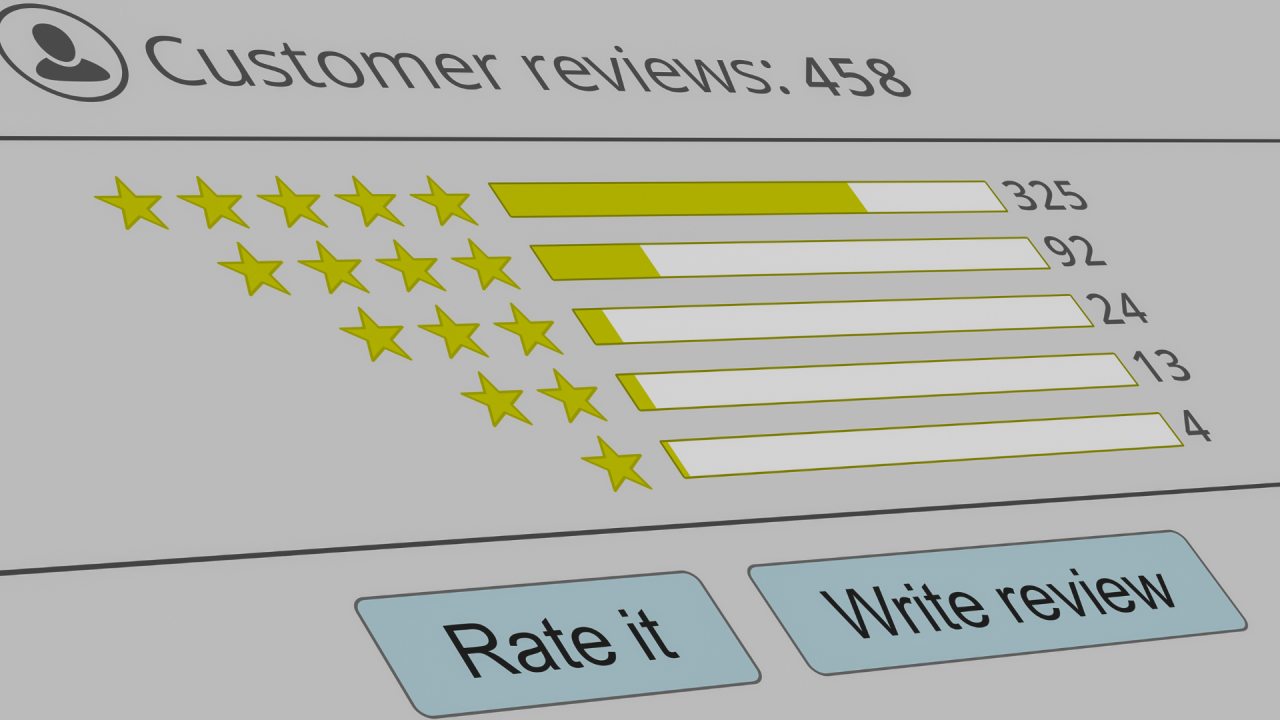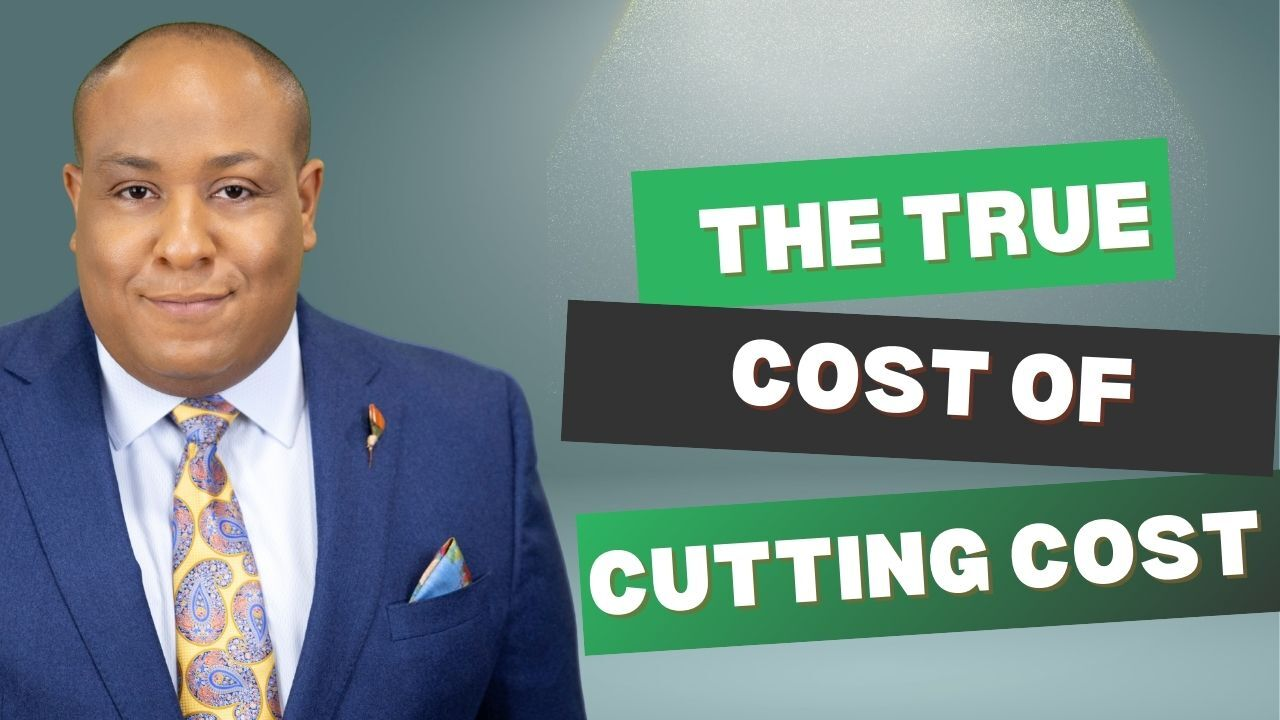804-414-8051
The True Impact of Online Reviews on Your Business
Cory Mosley

In today’s digital landscape, every click, like, and review significantly influences your brand’s reputation. Understanding and managing your online presence has never been more crucial. Consumer opinions, expressed through online reviews, can make or break a business. Let’s explore how to harness the power of feedback, navigate potential pitfalls, and seize the opportunities it presents.
The Cost of Neglect
Receiving a glowing review feels great, while a negative one can be disheartening. However, the real risk lies in a pattern of unfavorable feedback, which can signal deeper issues or missed opportunities for improvement. A single negative review might be overlooked, but a series of them can alert potential customers to problems before they even engage with your brand. In a digital-first world, the stakes are high, and first impressions matter more than ever.
Beyond the Surface: Digging Deeper
Consumer perception is crucial, especially in a competitive market. Sometimes, it’s not the product or service itself that deters customers, but the overall experience surrounding it. For instance, if customers are turned away by factors unrelated to the product, like a confusing website or poor customer service, they might never experience the true quality you offer. Assess the entire customer journey to identify and address areas where friction can be reduced.
The Hidden Stats: What You Can’t See
While you may track various analytics and performance metrics, consider the unseen statistics—potential customers who slip away due to negative reviews or a difficult online experience. These lost opportunities can be frustrating because they aren’t easily quantifiable. Enhancing your online presence and user experience can help capture these missed prospects and convert them into customers.
Strategies for Effective Review Management
To address the risks associated with negative reviews and online barriers, implement a comprehensive review management strategy. Here’s how:
- Embrace Transparency: Treat every review, positive or negative, as a chance to improve. Respond genuinely, acknowledge concerns, and outline steps taken to resolve them.
- Foster Accessibility: Continuously refine your website and digital properties to ensure they are user-friendly and accessible across devices. Remove obstacles that might deter potential customers.
- Regular Monitoring: Routinely review and assess consumer feedback using available tools and platforms to gain insights beyond the surface.
- Leverage Positive Feedback: Highlight and promote positive testimonials to enhance your company’s reputation and attract new customers.
The Cost of Inaction
Ignoring online reviews and neglecting your digital presence can silently drive away potential customers before you even realize it. This reality underscores the importance of addressing both visible and hidden aspects of your online interactions to prevent potential loss.
Key Takeaways
- Focus on Feedback: Look beyond isolated criticism to identify broader issues that could be affecting customer perception.
Enhance the Digital Experience: Recognize that barriers to discovering your product’s quality often lie in the customer experience and digital presentation.
Address Unseen Statistics: Consider the impact of potential actions that never occur, guiding your improvements with a proactive approach.
Transform your approach to online reviews and digital engagement to unlock new opportunities and strengthen customer relationships. Embrace a mindset of continuous improvement and strategic foresight to rise above the digital noise.
Similar Posts




Contact
Mosley Strategy Group LLC
2810 N. Parham Road Suite 360
Henrico, VA 23294
804-414-8051
hello[at]corymosley.com
Links
Affiliated Brands
© 2025 Mosley Strategy Group LLC. All Rights Reserved
